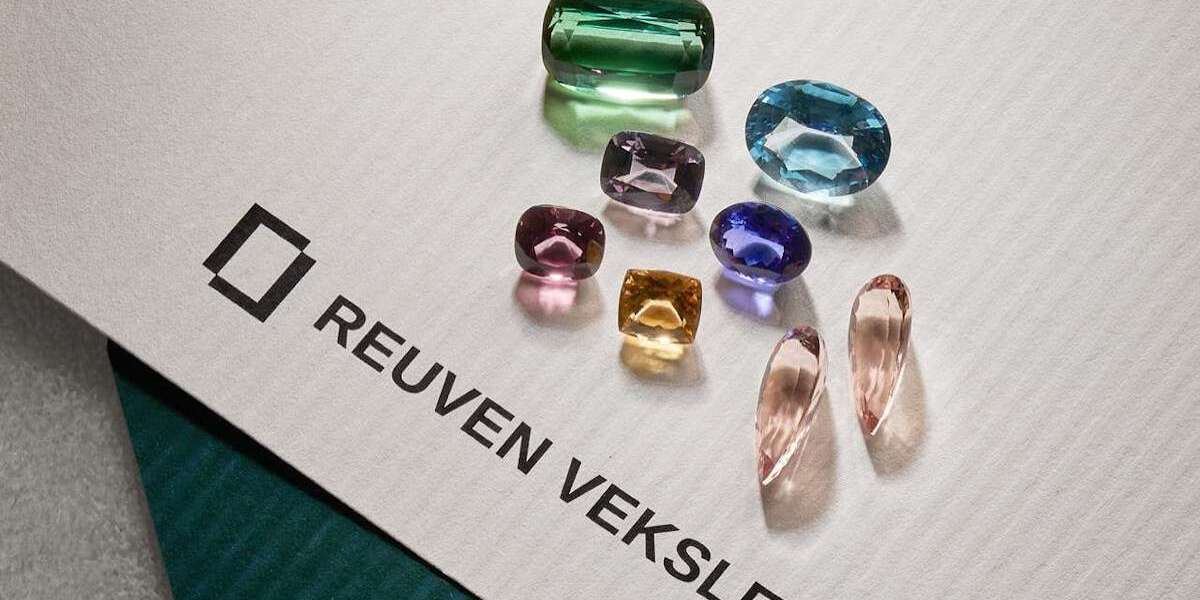Secondary Hues in Blue Diamonds: Valuation Impact
Blue diamonds stand among the most exceptional treasures in the colored diamond market, comprising less than 0.1% of all fancy colored diamonds mined worldwide. These rare gemstones derive their captivating blue color from trace amounts of boron integrated into the diamond crystal structure during formation. While blue diamonds of any intensity command significant premiums, their valuation hierarchy is complex and nuanced, with pure blue specimens representing the absolute pinnacle of rarity. The vast majority of blue diamonds available on the market today feature secondary hues that substantially influence their market value and desirability.
The presence and intensity of secondary colors in blue diamonds – predominantly gray, green, violet, and purple – create dramatic variations in valuation that can exceed 50% between otherwise comparable stones. This price differential stems from both aesthetic considerations and genuine rarity factors that sophisticated collectors and investors must understand when evaluating these extraordinary gemstones.
For a comprehensive view of how these color variations manifest in exceptional specimens, collectors can explore an exclusive collection of natural blue diamonds at https://reuvenveksler.com/diamonds/color-blue/, where each stone is accompanied by detailed color analysis and certification from leading gemological laboratories.
Understanding Secondary Hues in Blue Diamonds
Secondary hues in blue diamonds refer to additional color components that appear alongside the primary blue coloration. The Gemological Institute of America (GIA) and other major laboratories identify these secondary hues during the grading process, placing them in a precise order within the color description that significantly impacts valuation. Understanding these nuances requires attention to several key aspects:
Color Terminology Order: In diamond certificates, the primary color always appears last in the description. Therefore, "Fancy Grayish Blue" indicates a predominantly blue diamond with gray as a secondary hue, while "Fancy Bluish Gray" denotes a primarily gray diamond with blue as the secondary component – a critical distinction that can represent a price difference of 30-40%.
Common Secondary Hues: Four secondary colors typically appear in blue diamonds:
- Gray: Most common, appears as a slight haziness or diminished saturation
- Green: Often subtle, creates slightly teal-leaning appearance in certain lighting
- Violet: Highly desirable, adds a purplish glow primarily visible in daylight
- Purple: Extremely rare, presents a deeper royal tone with higher value
Visual Identification: Secondary hues reveal themselves differently under various lighting conditions. Fluorescent lighting often accentuates gray components, while natural daylight typically enhances violet or purple secondary hues. Incandescent lighting can make green secondary hues more prominent, which explains why reputable dealers always examine blue diamonds under multiple light sources.
The Premium Secondary Hues: Violet and Purple
Violet and purple secondary hues significantly enhance the value of blue diamonds, creating some of the most coveted color combinations in the diamond market. According to analysis from major auction houses, fancy violet-blue diamonds typically command a 15-25% premium over comparable pure blue diamonds with similar characteristics. This valuation difference becomes even more pronounced with purple-blue varieties, which have shown price advantages exceeding 40% in recent specialized diamond auctions.
The extraordinary premium for these color combinations stems from both their aesthetic appeal and extreme geological rarity.
"The presence of violet and purple hues in blue diamonds indicates a unique interplay of trace elements, particularly hydrogen influencing the crystal lattice alongside the boron that creates the primary blue color,"
explains the Gemological Institute of America in their research on colored diamonds.
This scientific explanation supports what the market has demonstrated repeatedly through record-breaking sales, notably with the "Blue Moon of Josephine" diamond, which sold for $48.4 million in 2015, setting a price-per-carat record that highlighted the exceptional premium commanded by stones with these highly desirable hue combinations.
The Value-Reducing Secondary Hues: Gray and Green
Gray secondary hues in blue diamonds significantly impact valuation, typically reducing prices by 20-40% compared to pure blue diamonds of similar intensity and clarity. This price differential reflects both aesthetic considerations and market preferences, as gray components diminish the vibrancy and saturation that collectors prize in fancy colored diamonds. Gray is by far the most common secondary hue in blue diamonds, appearing in approximately 70% of all blue diamonds on the market, and results from structural irregularities in the crystal lattice that scatter light differently than in pure blue specimens.
Green secondary hues present a more complex valuation scenario, with their impact on pricing varying based on intensity and overall color balance. Slight green undertones generally reduce value by 10-15%, less dramatically than gray components, as they create teal-leaning specimens that maintain better color saturation. However, when green becomes more prominent, creating a "Fancy Greenish Blue" classification, the price reduction can exceed 25% compared to pure blue counterparts. The green component typically stems from radiation exposure during the diamond's formation, creating color centers that absorb light in the red portion of the spectrum.
When evaluating blue diamonds with these secondary hues, collectors should consider these practical guidelines:
- Examine stones under multiple light sources – gray components appear more pronounced under fluorescent lighting while green undertones are often more visible in natural daylight
- Request detailed spectroscopic analysis when available, as this can quantify the extent of secondary coloration beyond visual assessment
- Consider stones with minimal gray components that still fall within budget constraints, as these represent better value retention than stones with prominent gray influences
Investment Considerations and Market Trends
Market analysis from major auction houses indicates that blue diamonds with premium secondary hues have consistently outperformed pure blue diamonds as investment vehicles over the past decade. Data from specialized colored diamond indices shows compound annual growth rates of 9-12% for violet-blue and purple-blue diamonds compared to 7-9% for pure blue diamonds and 5-7% for grayish blue specimens. This performance differential reinforces the importance of secondary hue consideration in acquisition decisions, particularly for investors with a 5-10 year investment horizon.
The hierarchy of rarity in blue diamonds directly influences long-term appreciation potential, with the rarest combinations commanding the strongest price growth. In ascending order of rarity: grayish blue (most common), greenish blue, pure blue, violet-blue, and at the apex, purple-blue diamonds, which represent less than 5% of all blue diamonds recovered. For collectors entering this specialized market, focus on acquiring the best color combination within budget constraints rather than compromising on color quality to secure larger carat weights. Investment-grade blue diamonds should be accompanied by comprehensive documentation including GIA certification with detailed color analysis, origin information when available, and spectroscopic data that authenticates the natural origin of the coloration – factors that significantly enhance both market liquidity and long-term value retention.
Conclusion
Secondary hues in blue diamonds create a complex valuation landscape where subtle color variations can translate into substantial price differences. While violet and purple secondary components enhance value through their rarity and aesthetic appeal, gray and green influences typically reduce desirability and investment potential. For collectors and investors, understanding these nuances is essential when evaluating acquisition opportunities in this rarefied market segment. As with all exceptional gemstones, the most informed decisions come from combining technical knowledge with expert guidance and a clear understanding of how these secondary hues manifest in the specific diamonds under consideration.








